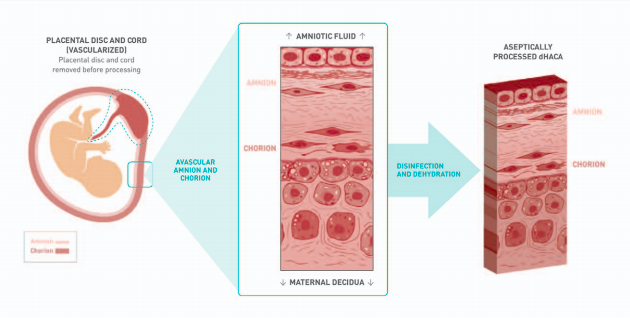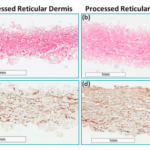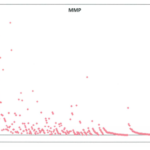
Aseptically_Processed_Placental_Membrane_Improves.99059
Chronic diabetic foot ulcerations (DFUs) are a devastating complication of diabetes. Expeditious healing of DFUs is important to avoid osteomyelitis, hospitalization, or lower extremity amputation, as well as complications associated with patient suffering and high healthcare cost. Although many DFUs granu late and heal with good standard wound management, such as off-loading, debridement, and management of bioburden and inflammation,1–3 certain wounds are unable to granulate and reepithelialize and become stalled in the inflammatory phase of wound healing. Cellular and tissue-based matrix products can accelerate wound healing by stimulating the microenvironment to transition from the inflammatory to proliferative phase of healing.4 Human amniotic membrane grafts were first used as a biomaterial for reconstructive surgery by Davis5 in 1910. Early applications of amniotic membranes focused on treating corneal burns, ulcers,6,7 and cutaneous burns.8 By the end of the 1990s, amniotic membrane processing and longterm storage (cryopreservation, dehydration) steered usage in wound care, and spinal and reconstructive surgery.9 In reconstructive surgery, amniotic membranes have been used in diverse areas such as the cervix and ureter,10,11 nerve regeneration,12 fingertips,13 and deep periodontal defects.14
Aseptically_Processed_Placental_Membrane_Improves.99059-1


